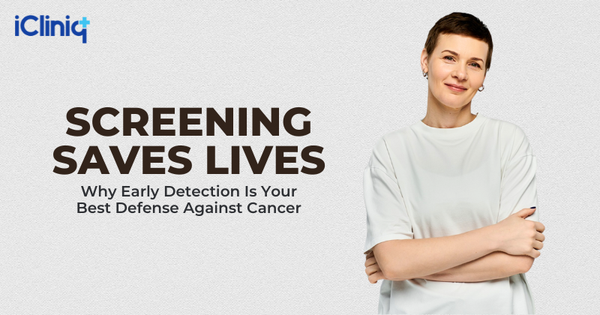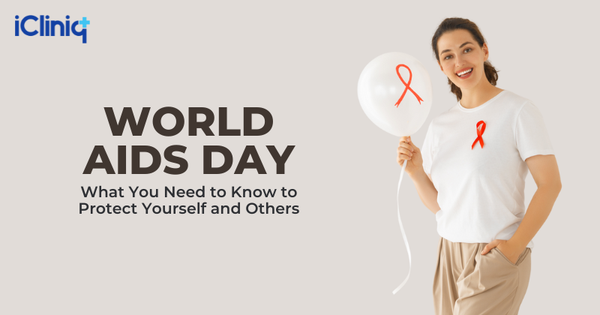Heat Stroke’s Silent Dangers: Closer to Home Than You Think
Are you safe indoors with a fan and a glass of water? Maybe not. Rising temperatures and poor air circulation in stuffy apartments or gyms can be just as risky as working under the sun.
Heat does not take breaks at night either, and cities stay hot long after the sun sets. And during a power cut? That fan would not save you. Seniors, young kids, and anyone with health issues are still the most at risk, but even perfectly healthy folks are feeling the heat in unexpected places.
This Isn't Just "Feeling Hot," It's a Full-Body Emergency
Heat stroke is not just about being uncomfortable or sweaty. It can hit fast, within 30 minutes, and start shutting down vital organs. Your brain swells, your heart races, and your kidneys struggle. If not treated quickly, it can be fatal. And no, you do not have to be running a marathon to collapse from the heat. Walking your dog in peak sun, sitting in a car with no AC, or working out in a warm room can be enough.
Who's at Risk Now? Pretty Much Everyone
It is not just elderly people who are overheating anymore. Kids with sensory issues might not notice when they're overheating. Athletes, runners, and gym-goers pushing themselves can hit their limit without warning. And if you are taking medicines like antidepressants or blood pressure pills, your body may not regulate heat like it used to. Even remote workers feel new heat-related challenges, from physical exhaustion in warm homes to digital burnout in always-on environments.
How Tech is Helping Us Stay Cool?
Today's smartwatches can alert you when your body temperature or hydration levels are off. Some schools and marathon events now have mobile cooling stations, where you can chill out when the heat spikes. Thermal scanners can even catch early signs of overheating in people and machines. And if someone does suffer heatstroke, forget the old "ice pack" trick. Cold water immersion is now the gold standard for fast recovery.
Smarter Ways to Beat the Heat
Water is great, but your body also requires electrolytes. Ice vests and cooling towels are wonderful for construction workers or joggers. Even clothing is becoming intelligent, with the ability to reflect sunlight or regulate body temperature. Cities are joining in. Green walls, reflective roofs, and misting walkways are being employed to cool cities and retain less heat.
The summer of 2025 is not a joke; it is not a seasonal phenomenon but a harbinger of changing climate and health threats. Being safe is more than having a water bottle. It is being clever, being awake, and using everything we've got, from technology to wiser practices, to remain cool and continue.





